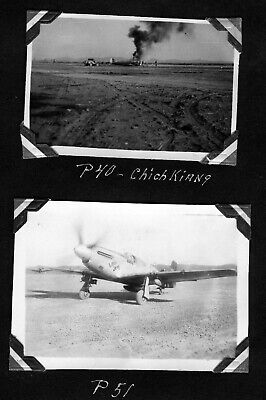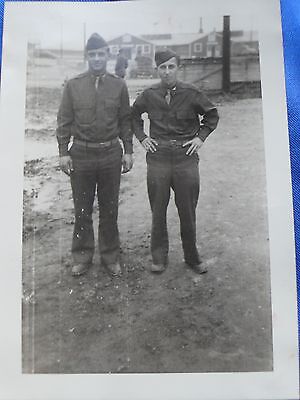MiTasol
Captain
MOCK UPMovie prop.
View attachment 668047

👍1940s CHINA AIR FORCE AMERICAN FIGHTER P-40 IN BURMA LARGE PHOTO 国军美式战机在缅甸 | eBay
Find many great new & used options and get the best deals for 👍1940s CHINA AIR FORCE AMERICAN FIGHTER P-40 IN BURMA LARGE PHOTO 国军美式战机在缅甸 at the best online prices at eBay! Free shipping for many products!www.ebay.com
As an eBay Associate we earn from qualifying purchases.




